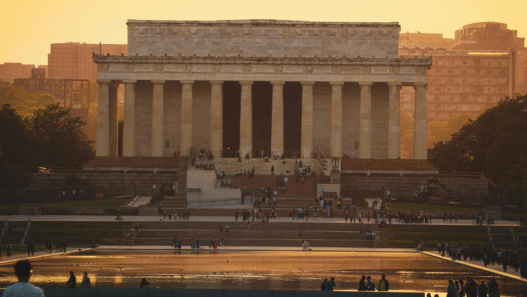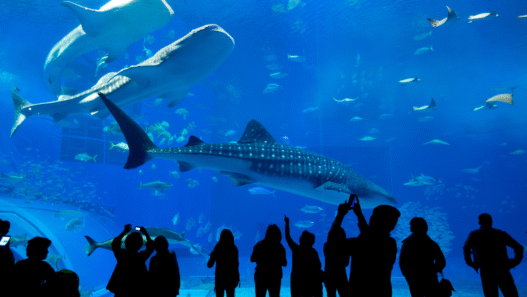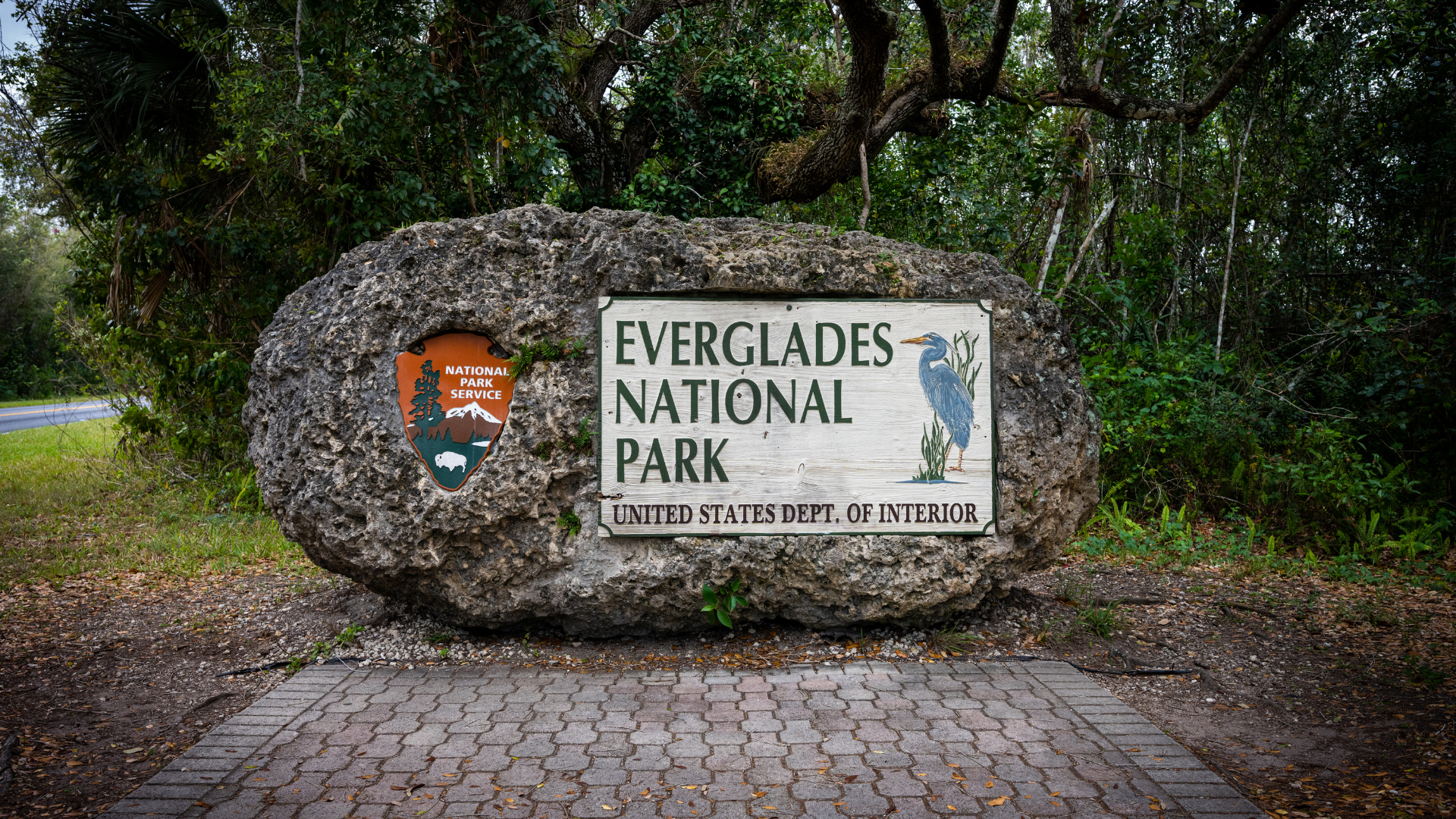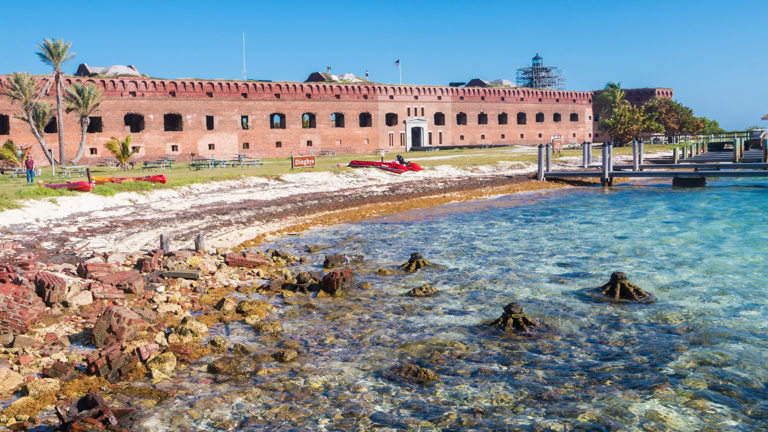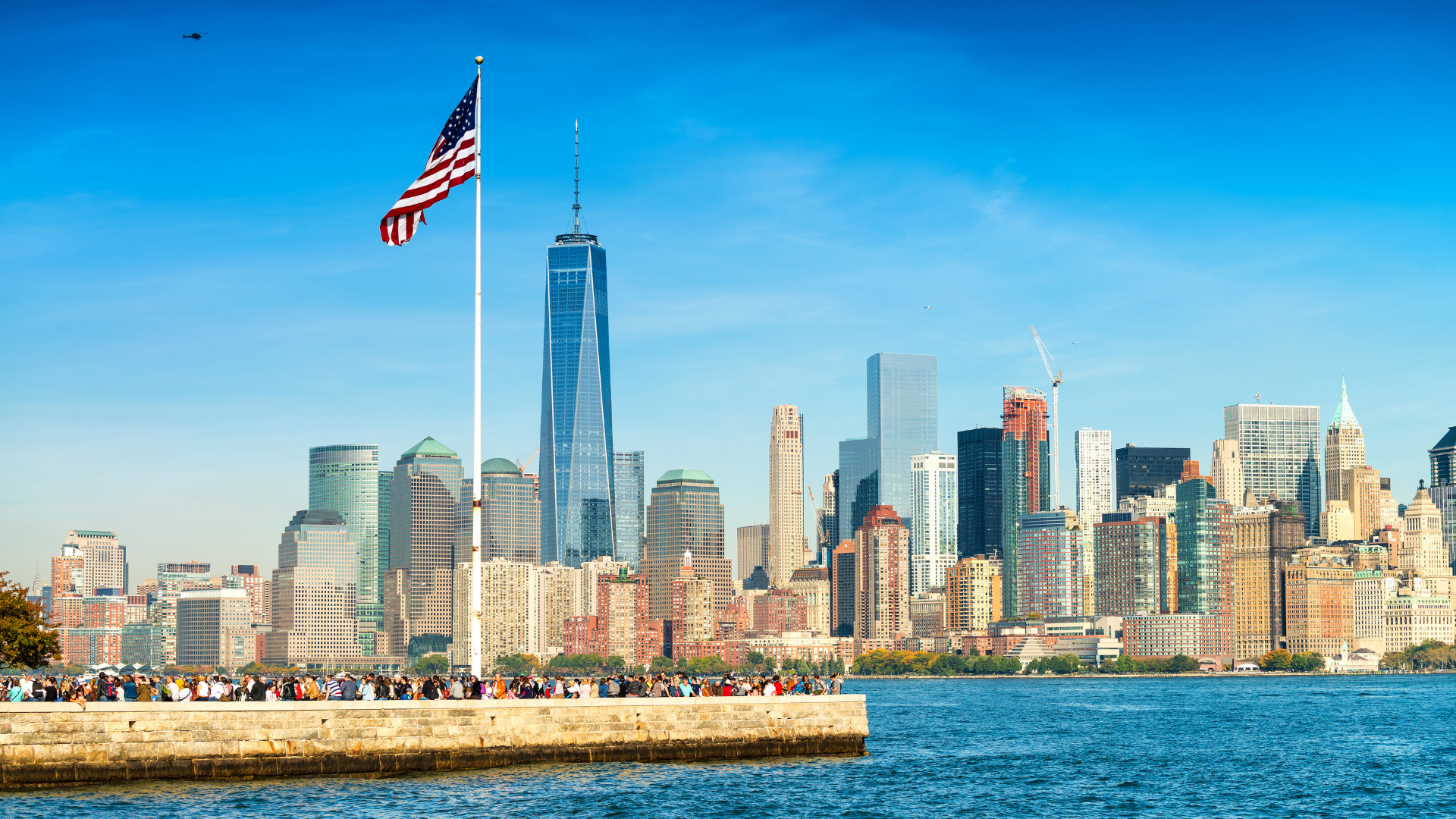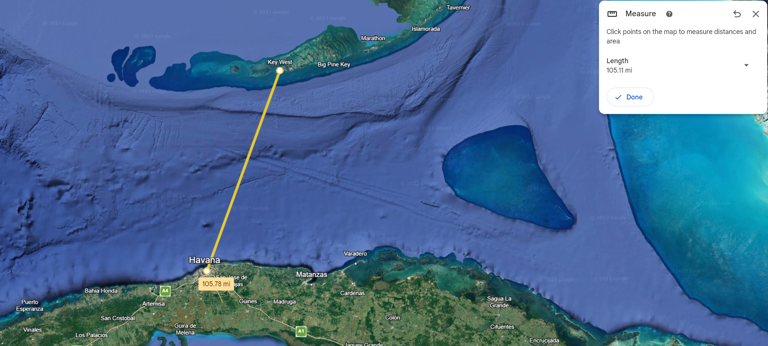Everglades National Park, located in southern Florida, is a unique and diverse ecosystem that offers an array of fascinating features and facts. Spanning over 1.5 million acres, it is the largest subtropical wilderness in the United States and a World Heritage Site. The park is a haven for wildlife enthusiasts, nature lovers, and adventurers. In this article, we’ll delve into some of the most intriguing aspects of this remarkable natural wonder.
A Vast and Varied Ecosystem
The Everglades is not just a swamp but a complex and dynamic ecosystem consisting of multiple habitats. These include freshwater sloughs, marl prairies, cypress forests, mangrove swamps, pine rocklands, and coastal lowlands. Each of these habitats supports different species of flora and fauna, making the Everglades one of the most biodiverse regions in North America.
River of Grass
One of the most fascinating facts about the Everglades is that it is often referred to as the “River of Grass.” This nickname comes from the slow-moving sheet flow of water that travels south from Lake Okeechobee through a vast expanse of sawgrass marshes. This water flow is critical for the health of the ecosystem and supports a variety of plant and animal life.
Home to Endangered Species
The Everglades is a critical habitat for several endangered and threatened species. The Florida panther, American crocodile, and West Indian manatee are some of the most notable inhabitants. Efforts to conserve these species are ongoing, making the park a vital area for wildlife protection and environmental preservation.
Unique Birdwatching Destination
For birdwatchers, Everglades National Park is a paradise. The park is home to more than 360 species of birds, including the roseate spoonbill, great blue heron, and wood stork. During the winter months, the park becomes a vital stopover for migratory birds, providing ample opportunities for birdwatching enthusiasts to spot rare and exotic species.
An International Treasure
The Everglades is recognized globally for its ecological importance. It has been designated a World Heritage Site, a Wetland of International Importance, and an International Biosphere Reserve. These designations underscore the park’s significance not only to Florida and the United States but to the world.
A Haven for Reptiles and Amphibians
The park’s warm, humid environment is ideal for a variety of reptiles and amphibians. Alligators and crocodiles coexist in the Everglades, making it one of the few places in the world where these two species can be found together. Additionally, the park is home to numerous species of turtles, snakes, and frogs, each adapted to the unique conditions of the Everglades.
Mangrove Trees: The Coastal Guardians
Mangroves play a crucial role in the coastal regions of the Everglades. These salt-tolerant trees and shrubs are essential for preventing coastal erosion, providing habitat for fish and invertebrates, and protecting inland areas from storm surges. The mangrove ecosystem in the Everglades is one of the largest in the western hemisphere.
Fire and water are two natural forces that shape the Everglades ecosystem. While it might seem counterintuitive, fire is an essential part of maintaining the health of the Everglades. Prescribed burns help manage invasive species, recycle nutrients back into the soil, and promote the growth of native plants. Water, on the other hand, sustains the wetlands and helps regulate the park’s overall environment.
The Marjory Stoneman Douglas Influence
Marjory Stoneman Douglas, an American journalist, and author, played a pivotal role in the conservation of the Everglades. Her book, “The Everglades: River of Grass,” published in 1947, brought national attention to the importance of preserving the Everglades. Her efforts were instrumental in the establishment of Everglades National Park and in promoting environmental awareness.
Historic Human Inhabitants
The Everglades has been home to various Native American tribes for thousands of years. The Calusa and Tequesta tribes were among the early inhabitants, utilizing the rich resources of the wetlands for food and shelter. Today, the Miccosukee and Seminole tribes continue to live in and around the Everglades, preserving their cultural heritage and connection to the land.
Scientists and researchers flock to the Everglades to study its unique environment and biodiversity. The park serves as a living laboratory for ecological research, providing invaluable insights into wetland ecosystems, climate change, and conservation strategies. Ongoing research in the Everglades helps inform environmental policy and conservation efforts worldwide.
Recreation and Adventure
The Everglades offers a plethora of recreational activities for visitors. Airboat tours, kayaking, canoeing, hiking, and wildlife viewing are popular ways to explore the park. The Anhinga Trail and Shark Valley are particularly famous for their accessibility and the abundance of wildlife visible along the trails. Camping in the Everglades provides a unique opportunity to immerse oneself in the natural beauty and tranquility of the park.
Challenges and Conservation Efforts
Despite its beauty and ecological importance, the Everglades faces numerous challenges. Urban development, agricultural runoff, invasive species, and climate change pose significant threats to the park’s health. Conservation efforts are underway to restore and protect the Everglades, including the Comprehensive Everglades Restoration Plan (CERP), which aims to restore the natural flow of water and improve the overall health of the ecosystem.
A Symbol of Conservation
The Everglades is more than just a national park; it is a symbol of the importance of conservation and the need to protect our natural world. The park’s diverse habitats and species serve as a reminder of the intricate connections within ecosystems and the impact humans have on the environment. Efforts to preserve the Everglades are crucial not only for the park itself but for the broader goal of maintaining global biodiversity.


